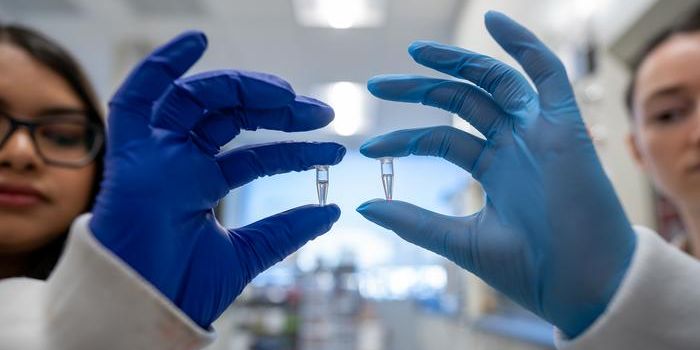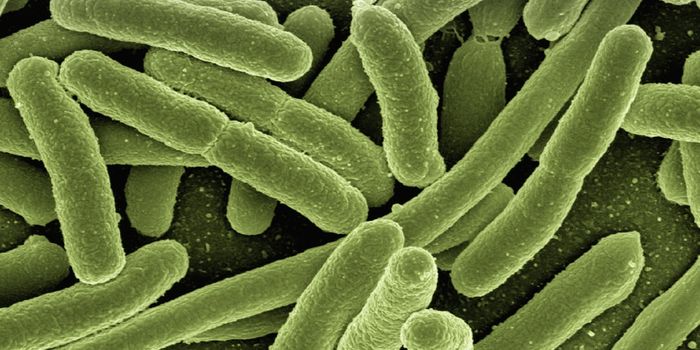How Cells Link Electrical, Biochemical, and Biomechanical Signals
Studies have shown that cells respond to electric fields; electrotaxis is when cells are moving under the influence of an electric field. Electrotaxis is thought to be involved in several important processes, including development, wound healing, and tissue regeneration. Researchers have now determined that biochemical signals might be harnessed, for example to improve wound healing.
"Our research shows for the first time that biomechanical waves are always occurring inside cells and that they can act as sensors of the physical environment," said Professor Wolfgang Losert, a principal investigator at the Multidisciplinary University Research Initiative (MURI) led by the University of Maryland, among other appointments.
Reporting in iScience, researchers showed that electric currents unleash signals, like Morse Code that can impact cells. The study authors looked for ways to encourage cells to change to another type with those currents. Cells can be treated with chemicals or altered ontogenetically to change the cell type, noted lead study author Min Zhao, a professor of dermatology at the UC Davis School of Medicine. Signaling in cells and the cell type could also be altered with electricity.
"Our iScience study shows there is information encoded in the time sequence of signals and that the cells can read out the time sequence of the AC electric field; that impacts the fate of the cell," said Losert.
Electrical fields can also be used to change deep tissues without invasive techniques or drugs.
Cells have to move; during development, cells migrate to the right locations and ensure that various tissues end up in the right locations in the body plan of an organization. Cell movement can also be dangerous; when cancerous cells metastasize, they can spread to other parts of the body and cause deadly cancer in other places. Cell movements can also be guided, and one of the things that can influence cell migration is an electric field, noted Peter Devreotes, a MURI team member and a professor at Johns Hopkins University.
"These two papers really highlight how they're connected," said Losert. "This work opens up new avenues for steering cells and tissues and modulating cell fate with physical control inputs."
Cells don't seem to sense the electric fields directly, but they detect the internal oscillations and waves that arise. In eLife, the researchers investigated how cells react to electrical fields in a process called excitability.
For this study, the researchers generated giant cells in which subcellular dynamics could be easily viewed. This work showed that biochemical waves in cells seem to sense electric fields, as well as physical topography. These waves can be steered directly by electric fields, and the study authors found ways to measure the length of the waves. The electricity brought cells closer to an excitability threshold, increasing polarity in the cell.
This work has emphasized the interconnected nature of biochemical and biomechanical signals. “I think these two observations of information in the Morse code and sensing of electric fields by waves are novel and provide a framework for understanding which kind of device may work for directing cell movement," Losert said.
Sources: University of Maryland, iScience, eLife









